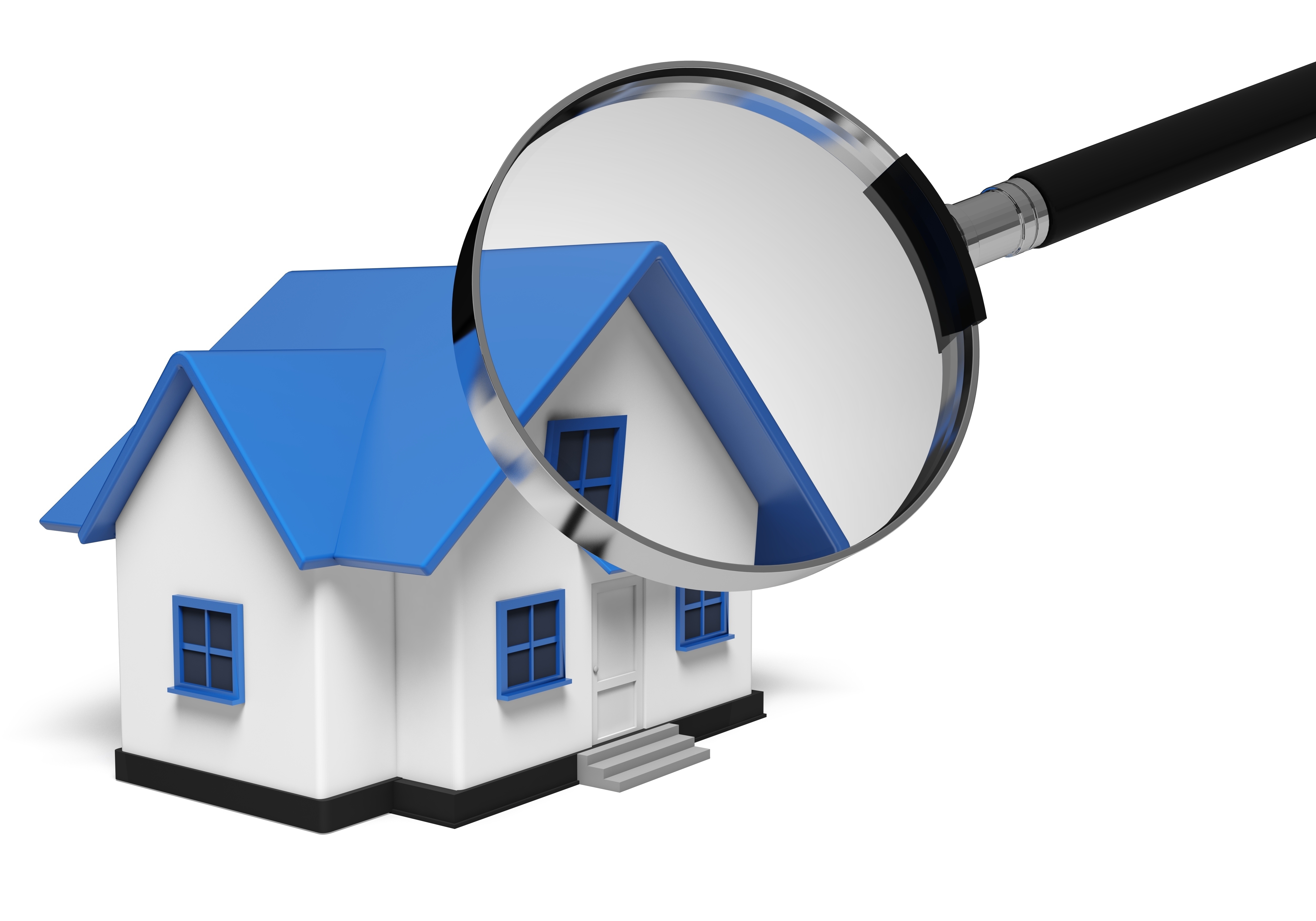
Real Estate Appraisals: A PrimerGetting a house is the most important financial decision many of us may ever consider. It doesn't matter if where you raise your family, a second vacation home or a rental fixer upper, the purchase of real property is a complex financial transaction that requires multiple parties to pull it all off. You're likely to be familiar with the parties taking part in the transaction. The most familiar entity in the transaction is the real estate agent. Next, the bank provides the financial capital needed to fund the transaction. The title company ensures that all requirements of the sale are completed and that a clear title passes to the buyer from the seller. So, who makes sure the value of the property is consistent with the purchase price? This is where the appraiser comes in. We provide an unbiased estimate of what a buyer could expect to pay — or a seller receive — for a parcel of real estate, where both buyer and seller are informed parties. A licensed, certified, professional appraiser from Angel Acosta will ensure, you as an interested party, are informed. Inspecting the subject propertyOur first duty at Angel Acosta is to inspect the property to ascertain its true status. We must physically see features, such as the number of bedrooms and bathrooms, the location, and so on, to ensure they indeed exist and are in the condition a typical buyer would expect them to be. The inspection often includes a sketch of the floorplan, ensuring the square footage is correct and conveying the layout of the property. Most importantly, we look for any obvious features - or defects - that would have an impact on the value of the house. Following the inspection, an appraiser uses two or three approaches to determining the value of the property: a sales comparison, a replacement cost calculation, and an income approach when rental properties are prevalent. 
Replacement CostHere, the appraiser gathers information on local construction costs, the cost of labor and other factors to derive how much it would cost to build a property comparable to the one being appraised. This value often sets the upper limit on what a property would sell for. The cost approach is also the least used method. 
Paired Sales AnalysisAppraisers can tell you a lot about the neighborhoods in which they work. They innately understand the value of specific features to the people of that area. Then, the appraiser researches recent sales in close proximity to the subject and finds properties which are 'comparable' to the property at hand. By assigning a dollar value to certain items such as remodeled rooms, types of flooring, energy efficient items, patios and porches, or extra storage space, we adjust the comparable properties so that they more accurately portray the features of subject property.
Once all necessary adjustments have been made, the appraiser reconciles the adjusted sales prices of all the comps and then derives an opinion of what the subject could sell for. When it comes to associating a value with features of homes in La Jolla and San Diego, Angel Acosta can't be beat. The sales comparison approach to value is commonly given the most weight when an appraisal is for a home purchase. Valuation Using the Income ApproachIn the case of income producing properties - rental houses for example - we may use an additional way of valuing real estate. In this case, the amount of revenue the property generates is taken into consideration along with other rents in the area for comparable properties to determine the current value. Arriving at a Value ConclusionAnalyzing the data from all applicable approaches, the appraiser is then ready to put down an estimated market value for the subject property. The estimate of value on the appraisal report is not necessarily what's being paid for the property even though it is likely the best indication of a property's valueThere are always mitigating factors such as seller motivation, urgency or 'bidding wars' that may adjust the final price up or down. But the appraised value is typically employed as a guideline for lenders who don't want to loan a buyer more money than they could get back in case they had to sell the property again. The bottom line is, an appraiser from Angel Acosta will guarantee you get the most accurate property value, so you can make the most informed real estate decisions. |